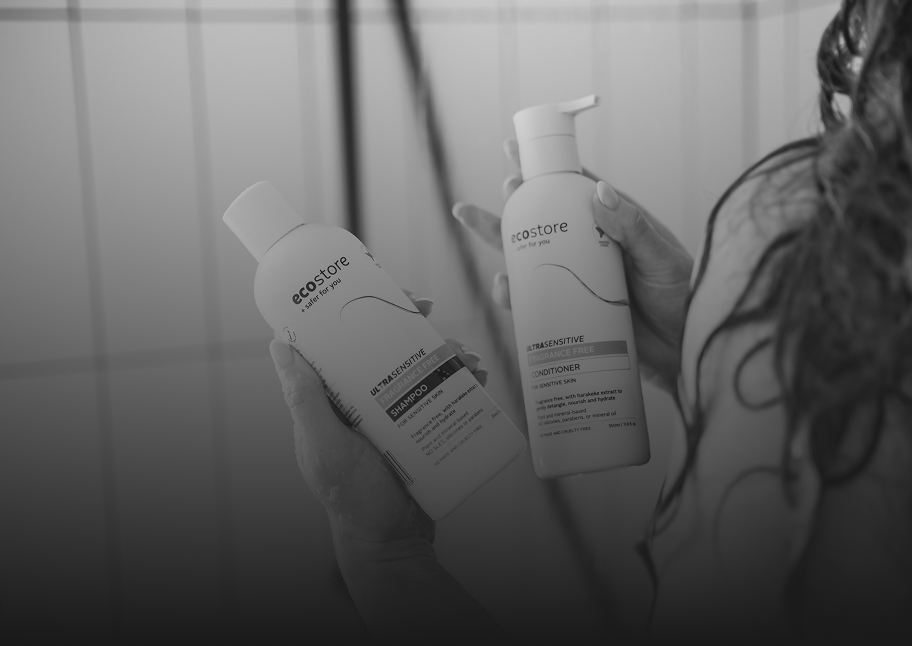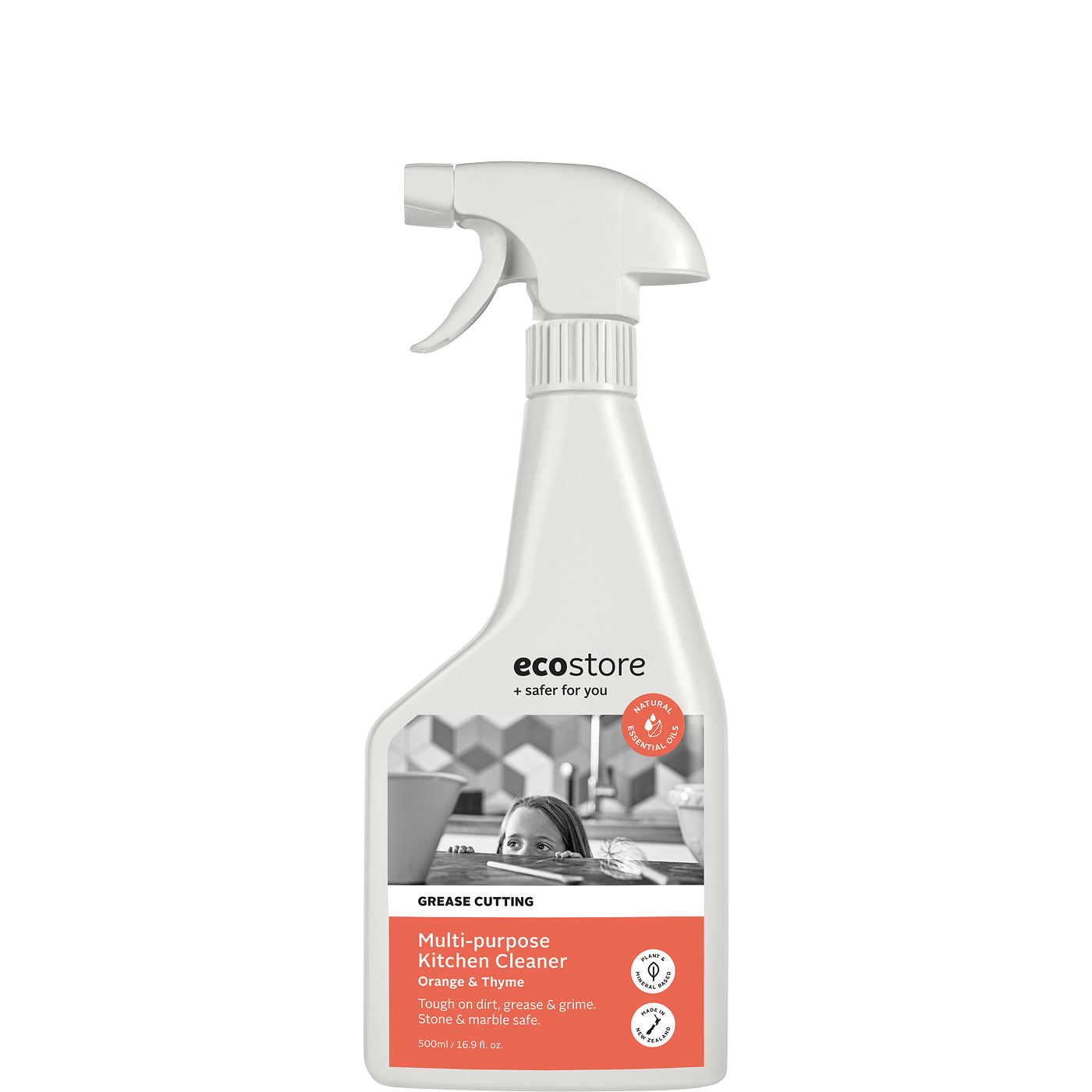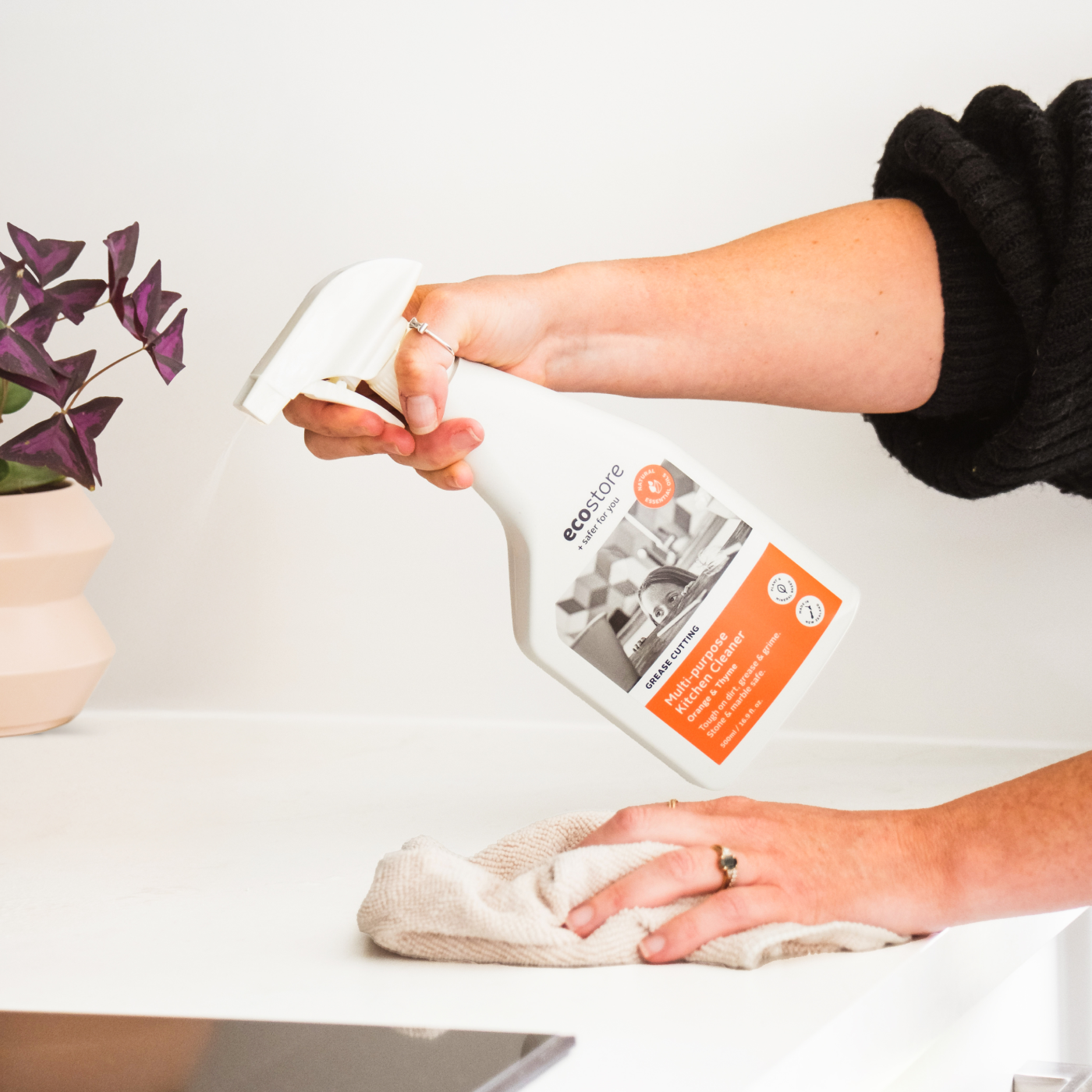Ingredient - Caprylic/Capric Glycerides
Caprylic/capric glycerides are a mixture of fats (mono, di and triglycerides) derived from caprylic and capric acids (typically sourced from coconut oil).
Caprylic acid and capric acid are saturated fatty acids found naturally in plant oils such as coconut and palm. These fatty acids are also found in the milk of some mammals, including goats, from which they get their name - ‘caprylic’ and ‘capric’ coming from the latin word for goats: capra. The caprylic/capric glycerides we use are from plant (non-animal) origins.
Caprylic/capric glycerides can be produced by reacting coconut oil with glycerin, which separates or ‘fractionates’ the glycerides. ‘Caprylic’ and ‘Capric’ are names to describe the length of the resulting fatty acid molecules: 8 carbons long for caprylic and 10 for capric.
Caprylic/capric glycerides can be used in skincare products as a gentle, non-greasy emollient, helping to replenish skin and retain moisture. They can also be used in fragrances for their solvent properties, helping to dissolve aromatic compounds that might otherwise clump together, and generally performing as a safer alternative to harsher solvent ingredients.
Other names: C21H44O7; Glycerides, C8-10; Glycerides Mixed Decanoyl and Octanoyl, Glycerol Octanoate Decanoate
Component compounds: Caprylic Acid, Glycerol, Capric Acid
Free shipping on orders over $130
Love me or your money back guarantee
Ingredient - Caprylic/Capric Glycerides






